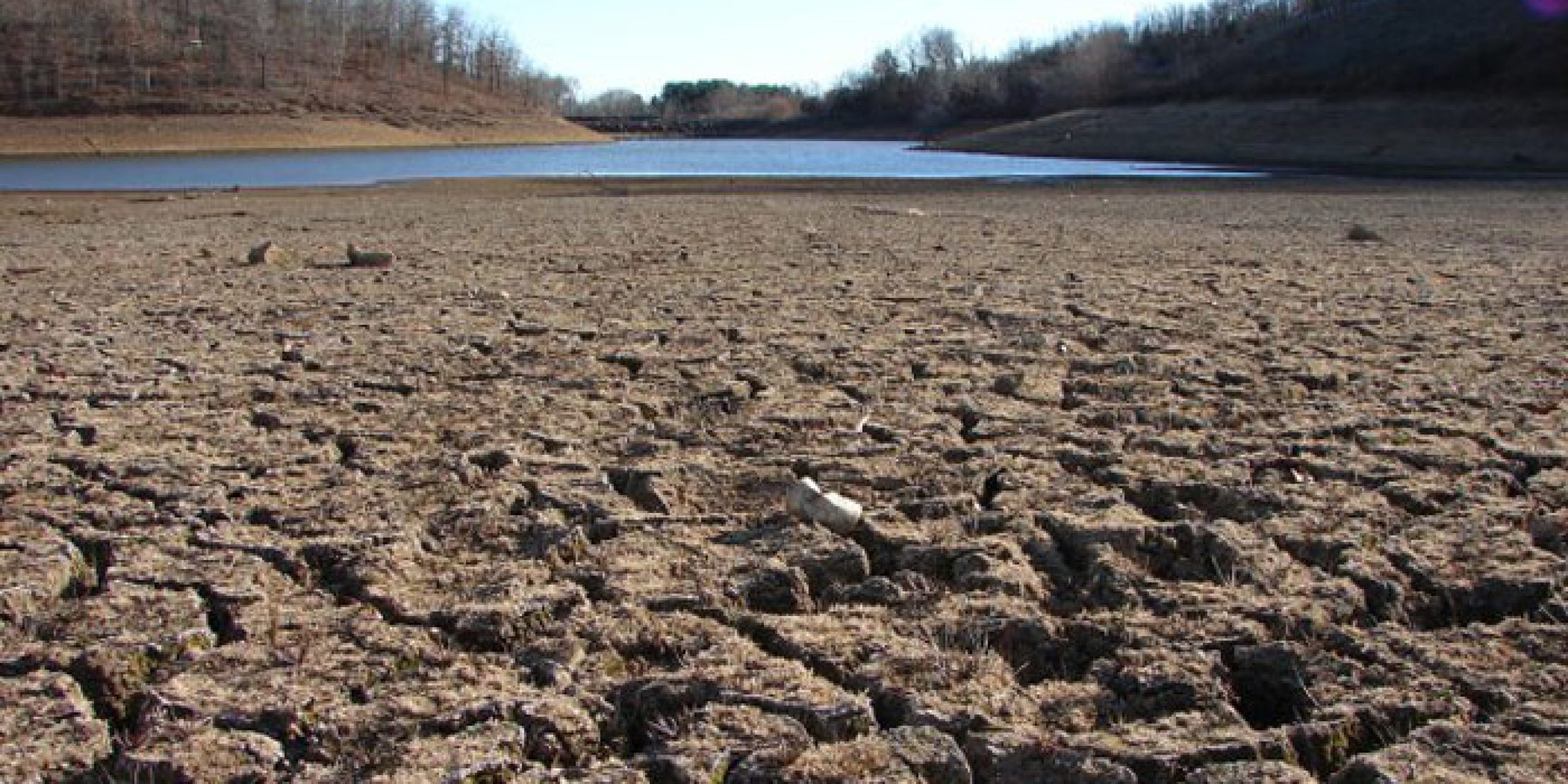

Drought is among the costliest of climate hazards and has impacted the United States on many occasions, including currently in California. With accurate and timely information, life- and economic-saving actions can be taken to prepare for, mitigate, and adapt to the impacts of drought. Research to better understand how droughts evolve is critical to providing improved information, products, and services. In particular, improved monitoring and prediction capabilities are needed for timely water and emergency management decisions.
Extensive research is required to evolve our nation’s drought monitoring system. Scientists and decision makers need a system that can effectively integrate a diverse array of data and information about drought conditions from multiple sources and at spatial scales ranging from local to global to provide a clear picture of its origins and impacts. Predicting drought is a great challenge given the significant roles that multiple systems (atmosphere, ocean, and land surface) play in creating drought conditions.
MAPP funding will support research that deepens our understanding of past North American droughts to unlock the role that various factors played in their onset and recovery. Research projects will focus on whether models and prediction systems can accurately simulate these known droughts. These projects will help researchers improve models and prediction systems which in turn will enhance the nation’s preparedness and ability to cope with and mitigate drought impacts.
Dr. Roger Pulwarty, director of the National Integrated Drought Information System noted that “scientifically robust drought early warnings are essential for effective early actions. These research projects will further our understanding of drought and move our information capability toward more accurate, longer-lead predictions and improved monitoring of drought conditions that impact the Nation’s economy, the environment, and our livelihoods.”
MAPP Program funding strategically complements internal investments at NOAA’s Geophysical Fluid Dynamics Laboratory (GFDL), the Earth System Research Laboratory (ESRL), and the National Centers for Environmental Prediction (NCEP) by investing in centers of research excellence across the United States engaging the community external to NOAA to help achieve NOAA’s climate mission. Support for these projects comes from the National Integrated Drought Information System (NIDIS) program, which partners with MAPP to advance drought research. These researchers will constitute a new NOAA Drought Task Force, organized by the MAPP program.


Climate Program Office
Advancing scientific understanding of climate, improving society’s ability to plan and respond




Climate Program Office
Advancing scientific understanding of climate, improving society’s ability to plan and respond
Scroll to Top

